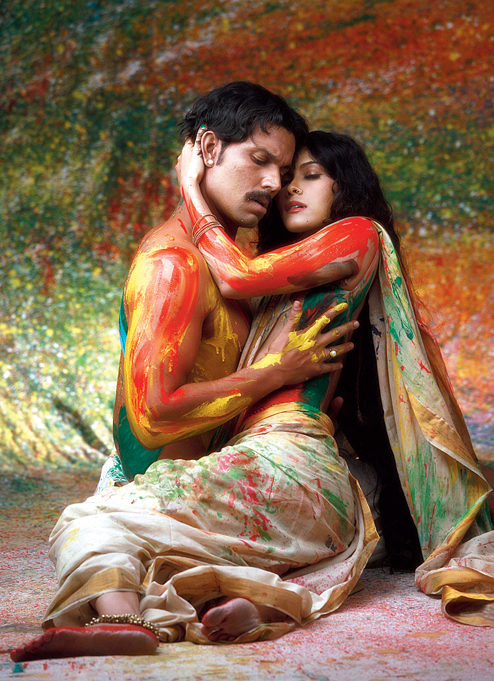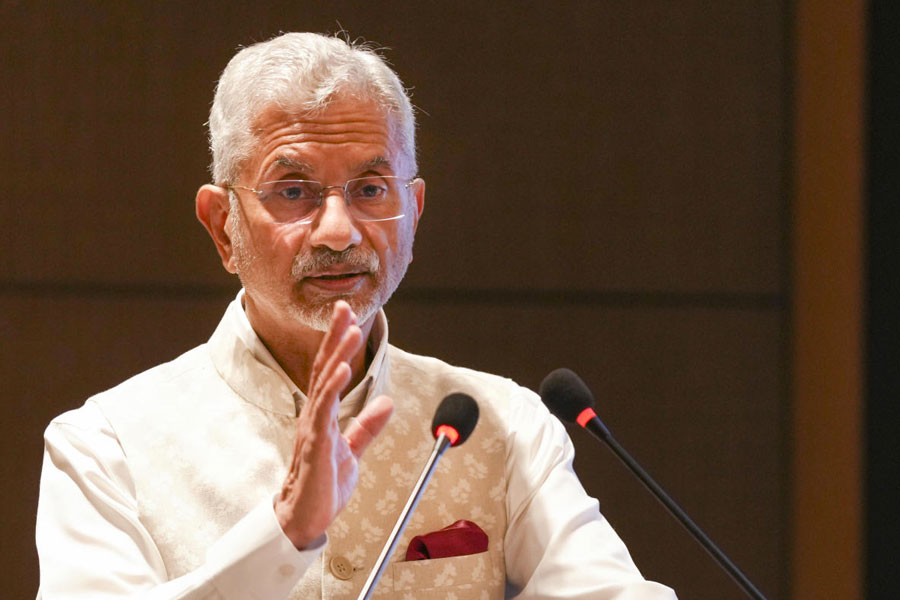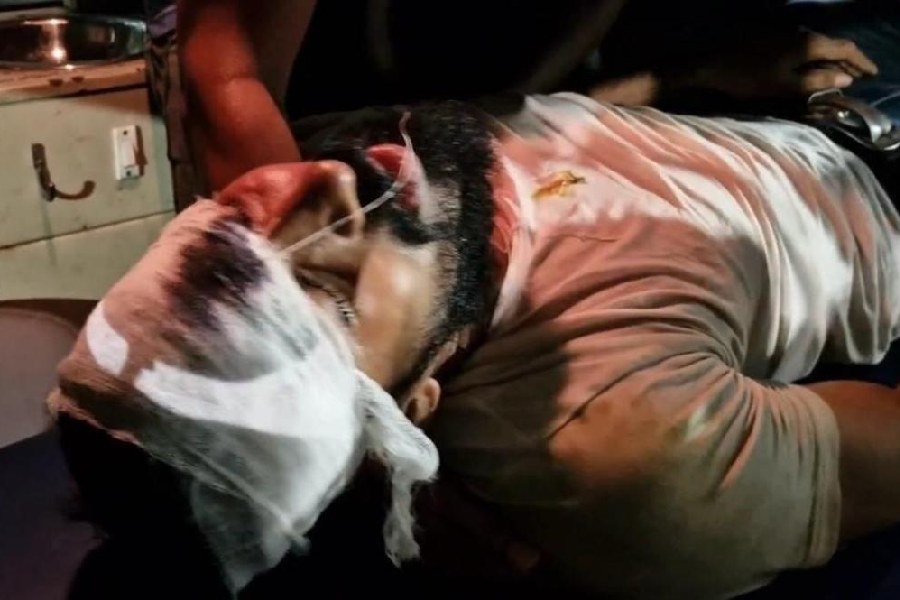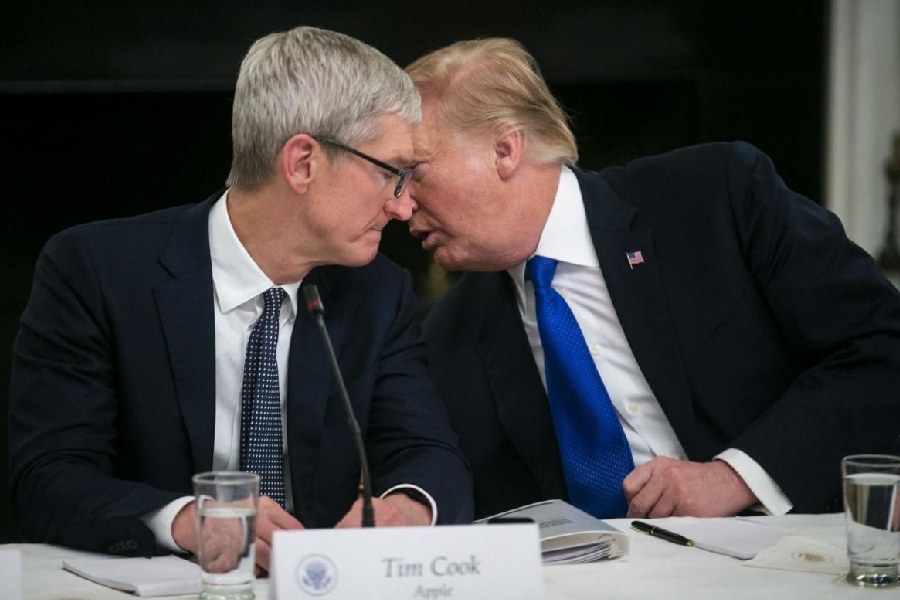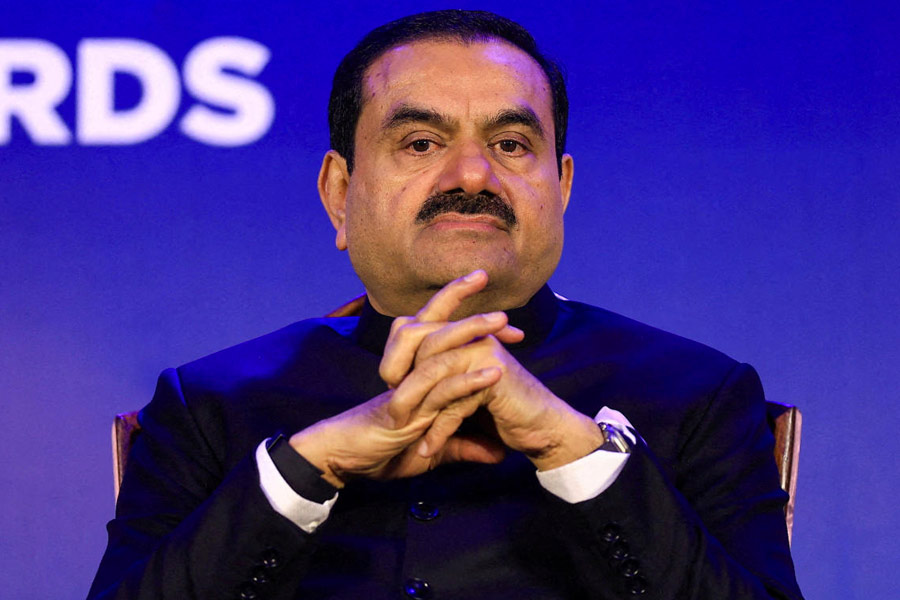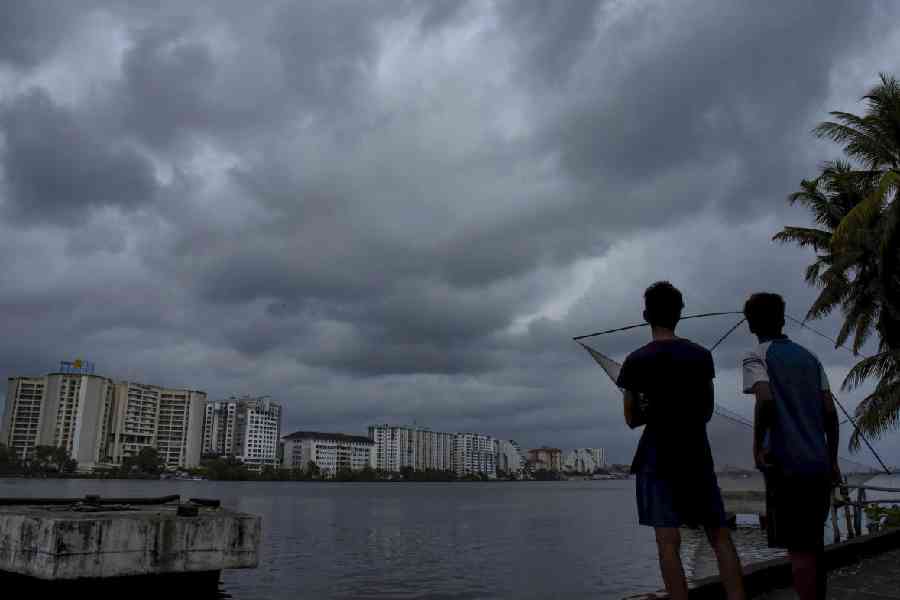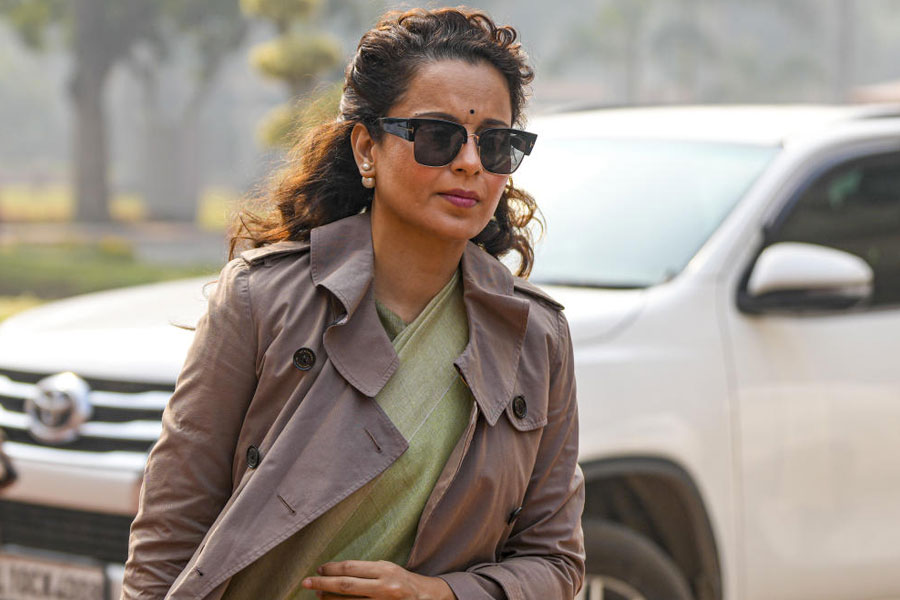 |
RANG RASIYA (A)
Director: Ketan Mehta
Cast: Randeep Hooda, Nandana Sen, Paresh Rawal, Suhasini Mulay
Running time: 125 minutes
Imagine a film on Leonardo Da Vinci where say Kate Winslet is playing Lisa Gherardini, believed to be his muse and the woman who became Mona Lisa on canvas. Now what if every time the Mona Lisa painting is shown in the film, it’s Kate Winslet’s face superimposed on a copy of the actual painting or perhaps the original portrait photoshopped and printed. What a shame that would have been!
That’s a feeling difficult to get out of your head as you watch Rang Rasiya. Raja Ravi Varma’s paintings are very popular in their own right. The end card of the film reads that millions of people still worship his paintings as gods. You have seen those paintings; whether it’s the Saraswati painting or that of Shri Muruga Perumal. And the faces in those paintings do not look like Nandana Sen.
In a film that celebrates art and the freedom of art, it is quite upsetting that such famous paintings are tampered with. Not that the painter’s own life is spared. Varma’s kids are not shown and not even mentioned, even though his eldest daughter was the subject of two of his famous paintings. All writer-director Ketan Mehta offers is a disclaimer at the start which mentions that the film is an adaptation of the book Raja Ravi Varma by Ranjit Desai. Perhaps because the man has other things on his mind.
So, what is Mehta actually interested in? Controversy, exotica, eroticism. That Varma turned a concubine into a deity through his paintings while the world turned the painter into a villain pimping nudity as art. And once again the two usual suspects — Khajuraho and Kamasutra — are used in the speech of defence. Rang Rasiya would have made MF Husain a very happy man.
In the early scenes of the film Varma is shown as this bohemian artist who loves to be surrounded by women. Painting almost seems like an excuse to be up close and personal with them. Even if they are branded achyut by society. The same lot of untouchables would one day stand outside the temple and worship his painting.
And that perhaps is the most fascinating aspect about Rang Rasiya: how an artist was so obsessed with being popular that he not only requested his patron — the king of Baroda — to hold exhibitions for the masses but also started a printing press with a German collaborator. Not to do business or make money but to reach out with his art to as many people as possible. That’s a quality which doesn’t come easily to artists.
Randeep Hooda as Raja Ravi Varma is the best thing about the film. It’s difficult to tell whether he actually knows how to paint but he definitely knows how to look like he’s painting. Hooda’s body language throughout brings about a sense of urgency to the proceedings and he has the knack of effortlessly switching gears from an arrogant artist to a melancholy loner.
Although the promos might tell you otherwise, Nandana’s Sugandha is just a recurring episode in Varma’s life and not the proverbial leading lady of the film. She and Hooda, of course, take part in that famous scene — teasing us for the last six years(!) — where their, er, painted and dented bodies collide in a splash of colours. Yes, there is frontal nudity too but nothing about that entire passion play feels sensual thanks to all the singing going on in the background.
The music throughout (by Sandesh Shandilya) is quite a downer, more because of the placements than the songs themselves. The film, with the period draped lightly, is tastefully shot by Christo Bakalov and Rali Raltschev. The dialogues are extremely corny and do not belong to either the characters or the era. “Kya tum sirf ek chitrakar ho aur main ek cheez hoon?” Come on!
The censor certificate reads 2008. It’s been one very long struggle to release this film. Raja Ravi Varma’s life was colourful enough to deserve a film and more. But Mehta’s intentions are clouded with other colours and reeks of sensationalism. In the end more people might end up watching the film for exactly the reason why Varma’s detractors were after his life. And that’s unfortunate.

